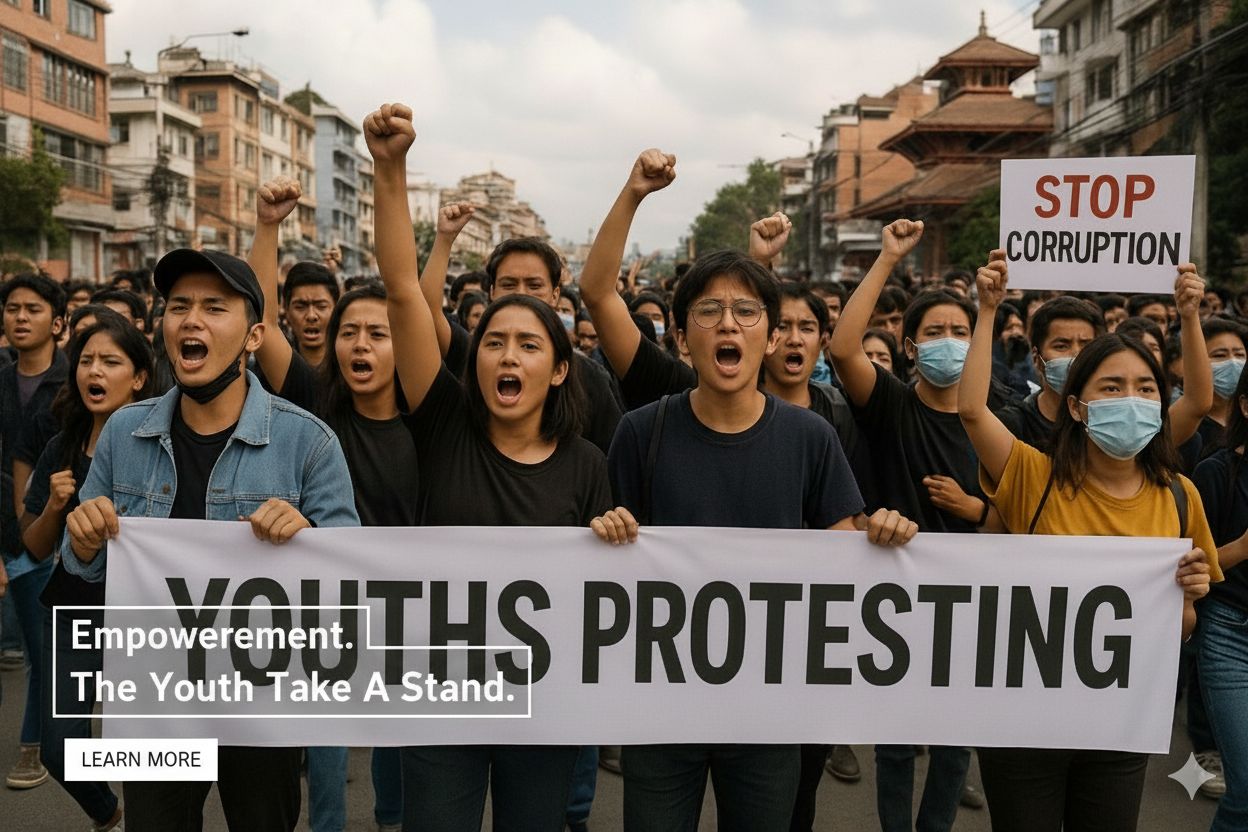Over the past few years, Nepal’s urban transportation scene has gone through a major transformation thanks to the rise of ride-sharing apps. From Pathao and InDrive to Tootle, Fatafat Sewa, and the newly introduced Yango, these platforms have revolutionized how people commute in busy cities like Kathmandu, Pokhara, and Bharatpur.
From Hailing Taxis to Tapping Phones
Not long ago, getting a ride in Nepal meant haggling with taxi drivers or waiting for public buses. Ride-sharing apps have replaced that hassle with a few taps on a smartphone offering transparent pricing, GPS tracking, and cashless payments.
Why They’re Growing So Fast
- Convenience & Accessibility – With real-time booking, people can get rides almost instantly.
- Affordability – Competitive pricing often beats traditional taxi fares.
- Safety Features – Driver details, ride tracking, and in-app support give passengers more security.
- Income Opportunities – For thousands of bike and car owners, ride-sharing has become a reliable source of income.
The Gen Z Factor
Young people, especially Gen Z, are embracing ride-sharing as both users and drivers. Many students work part-time as riders, earning money while managing flexible schedules. For passengers, it’s the perfect blend of speed, cost-effectiveness, and app-based convenience.
Challenges Ahead
While the industry is booming, challenges remain—such as government regulations, road safety concerns, and competition between platforms. Ensuring fair earnings for riders and sustainable pricing for users will be key to long-term success.
The Road Ahead
Ride-sharing is here to stay. With Nepal’s growing smartphone penetration and increasing urbanization, these apps are set to expand beyond major cities, potentially transforming rural mobility as well. The rise of ride-sharing isn’t just about getting from point A to B—it’s about changing how Nepal moves, works, and connects.








Leave a Reply